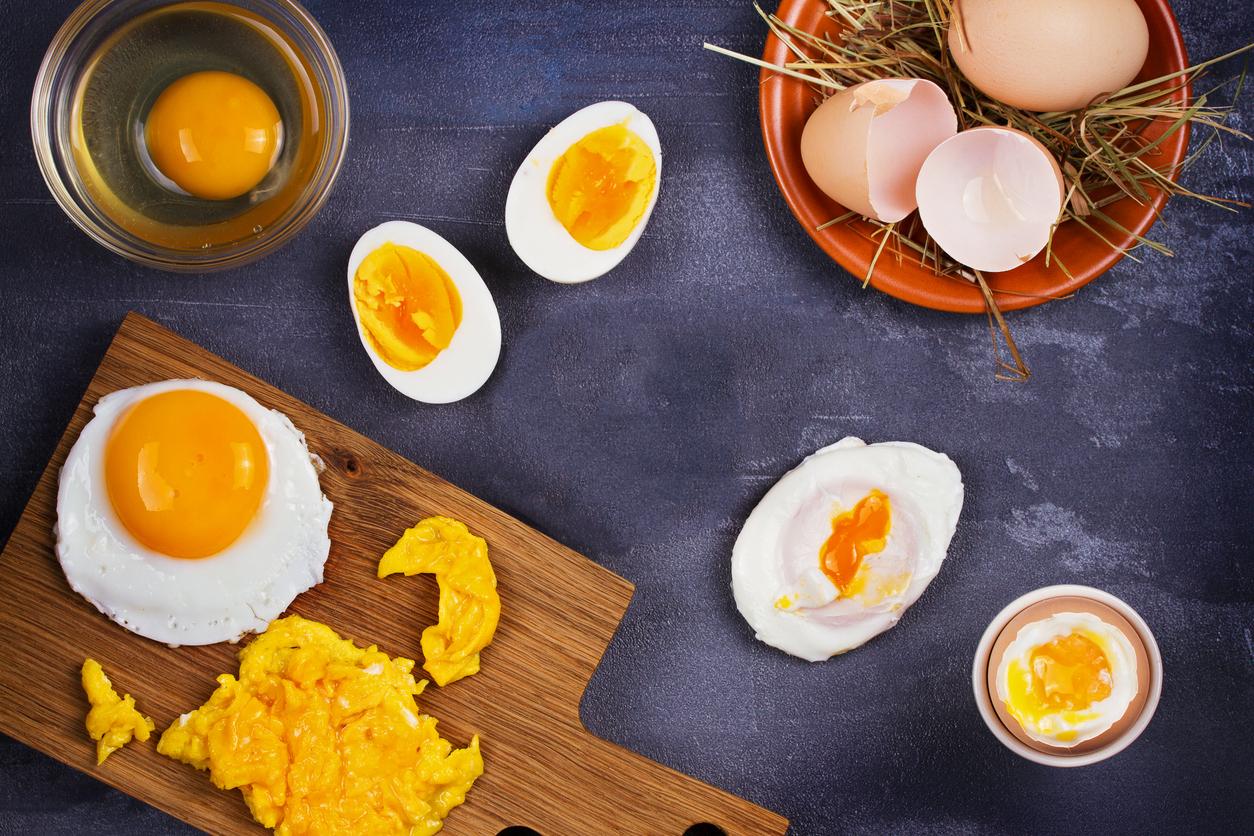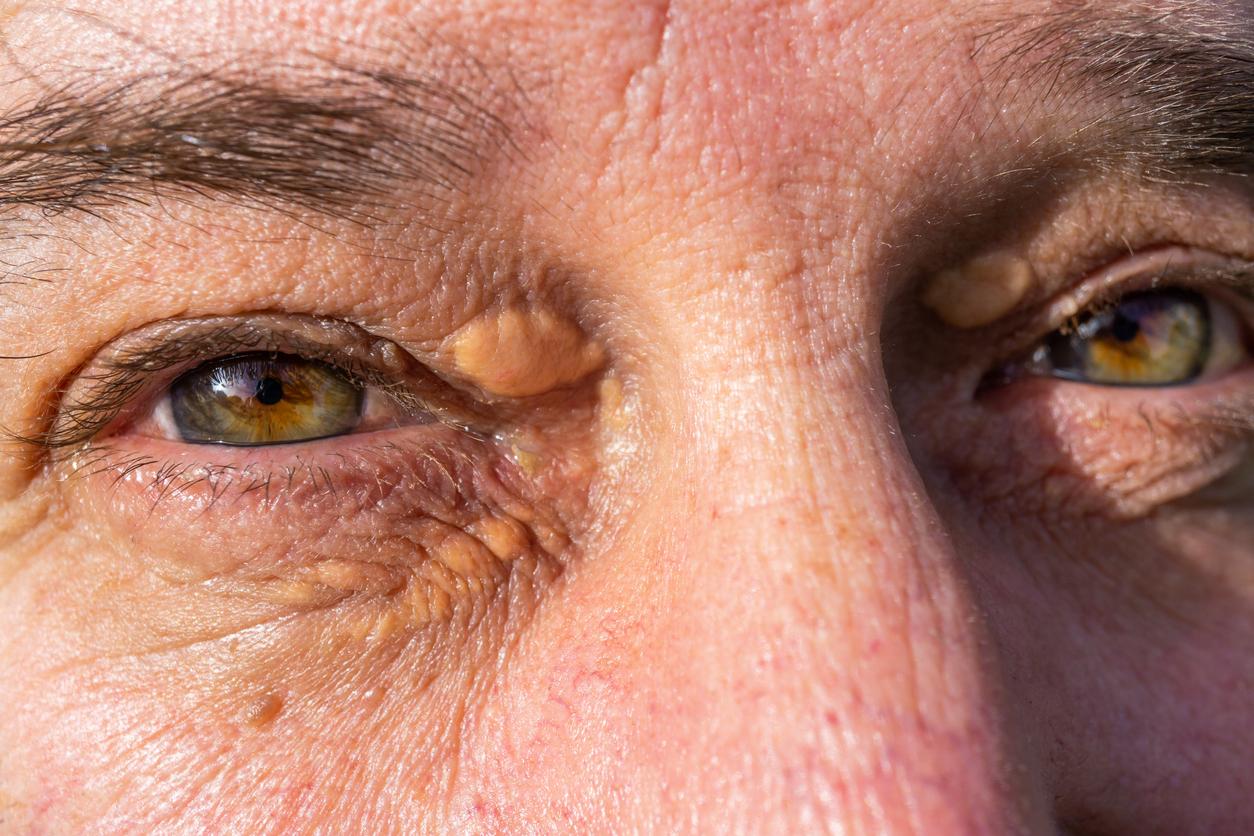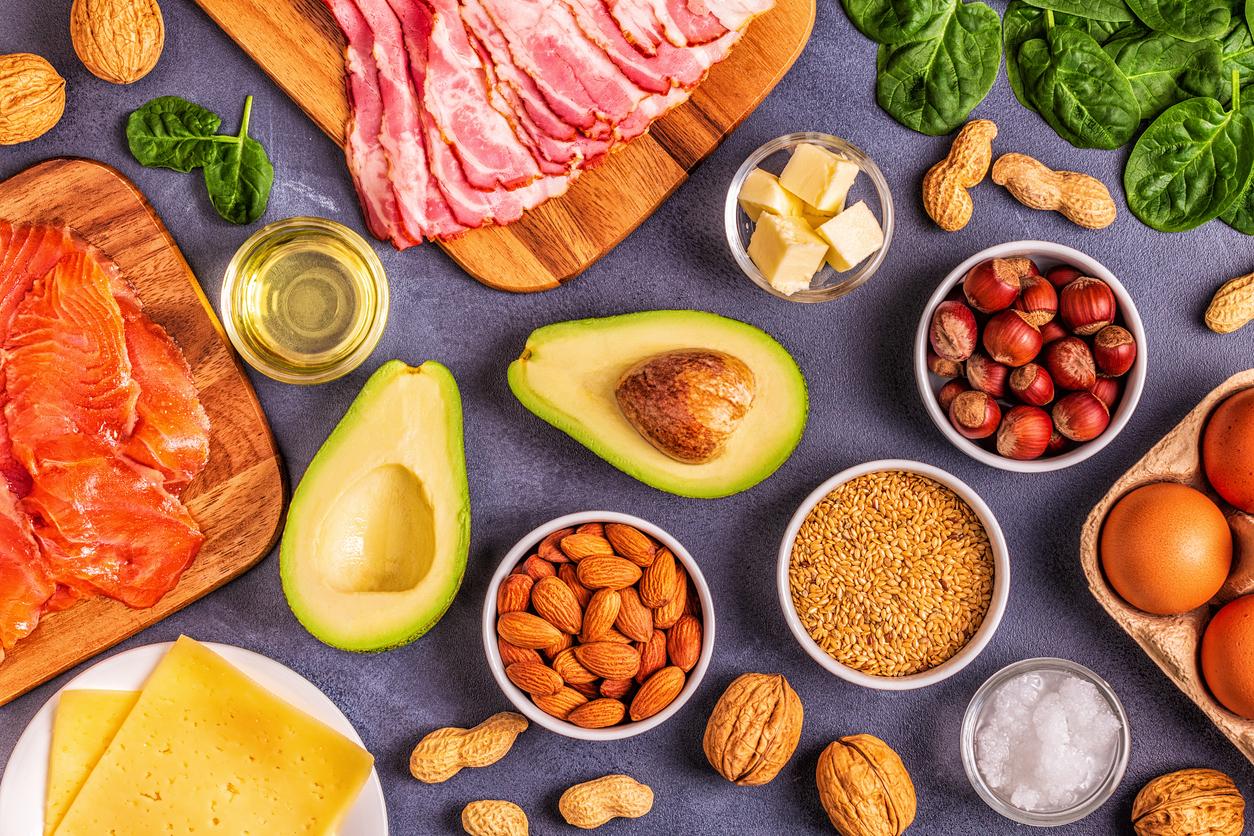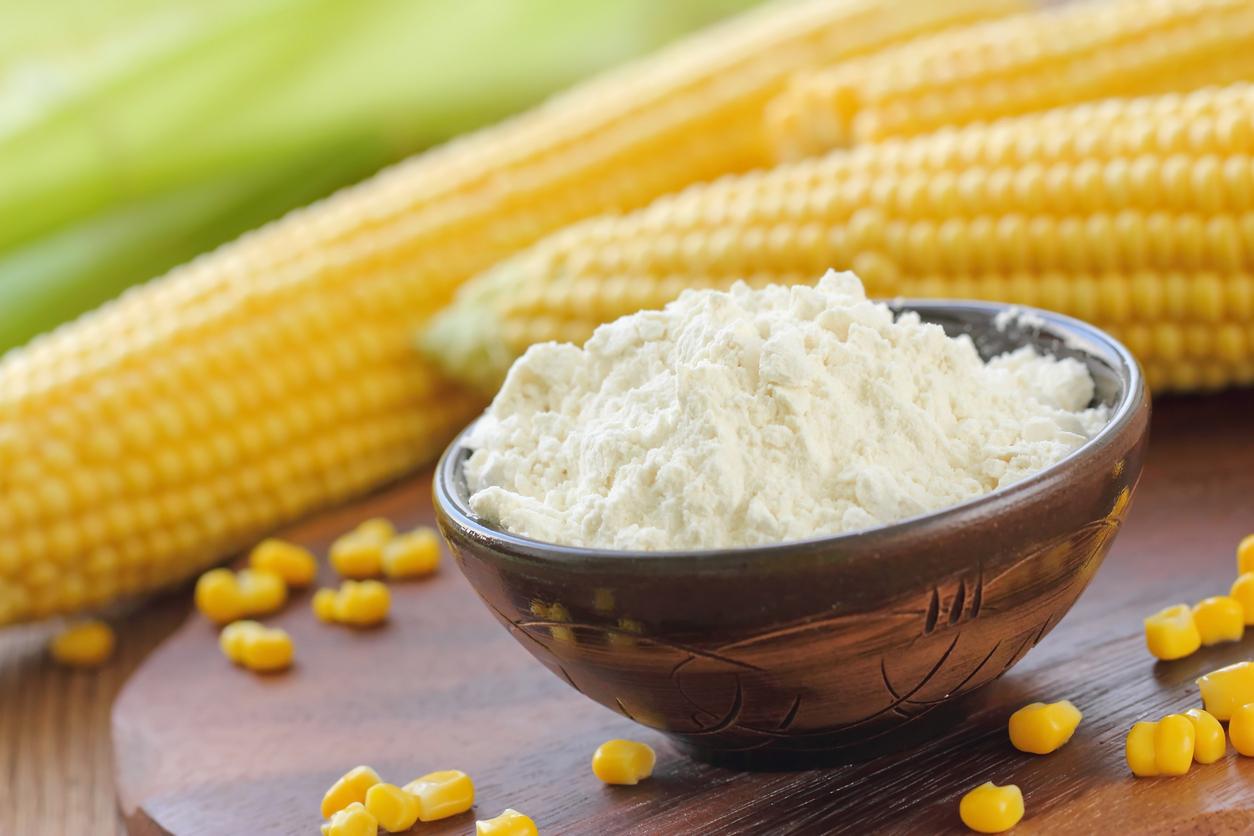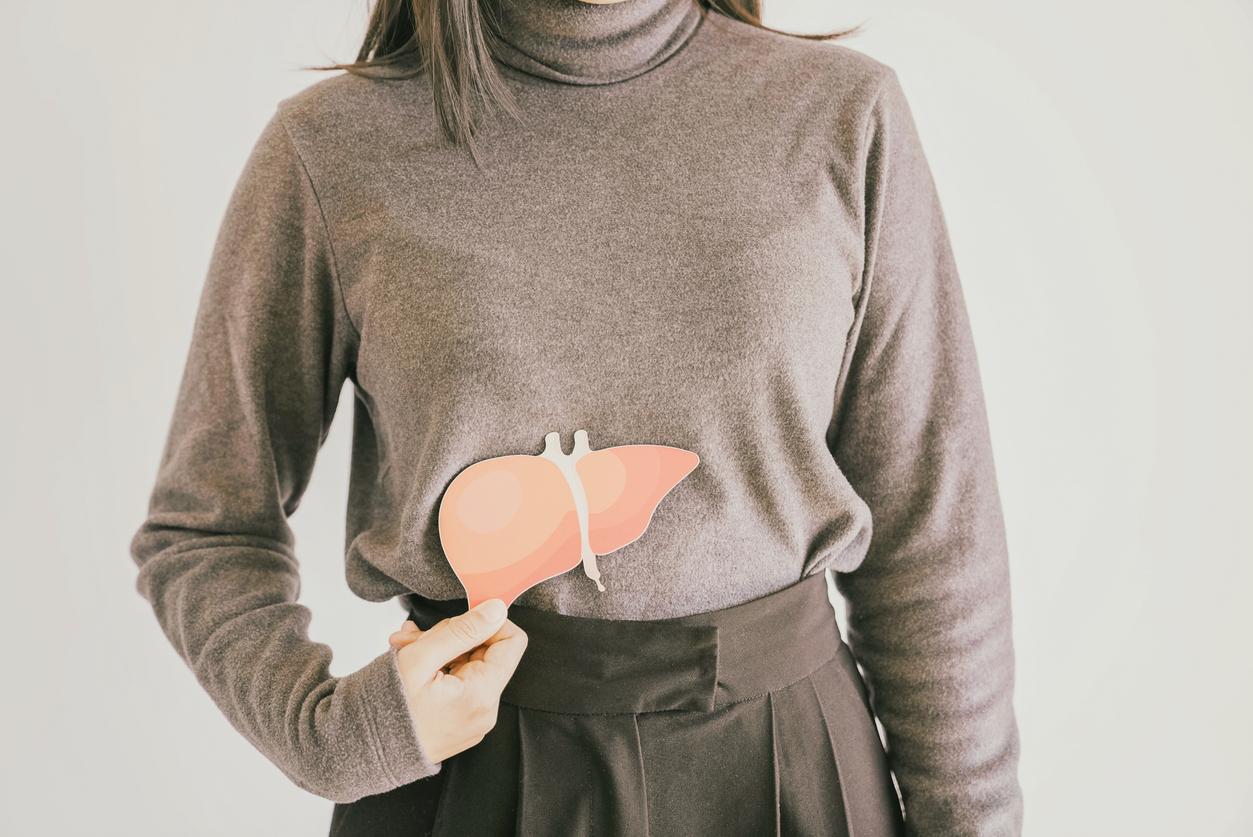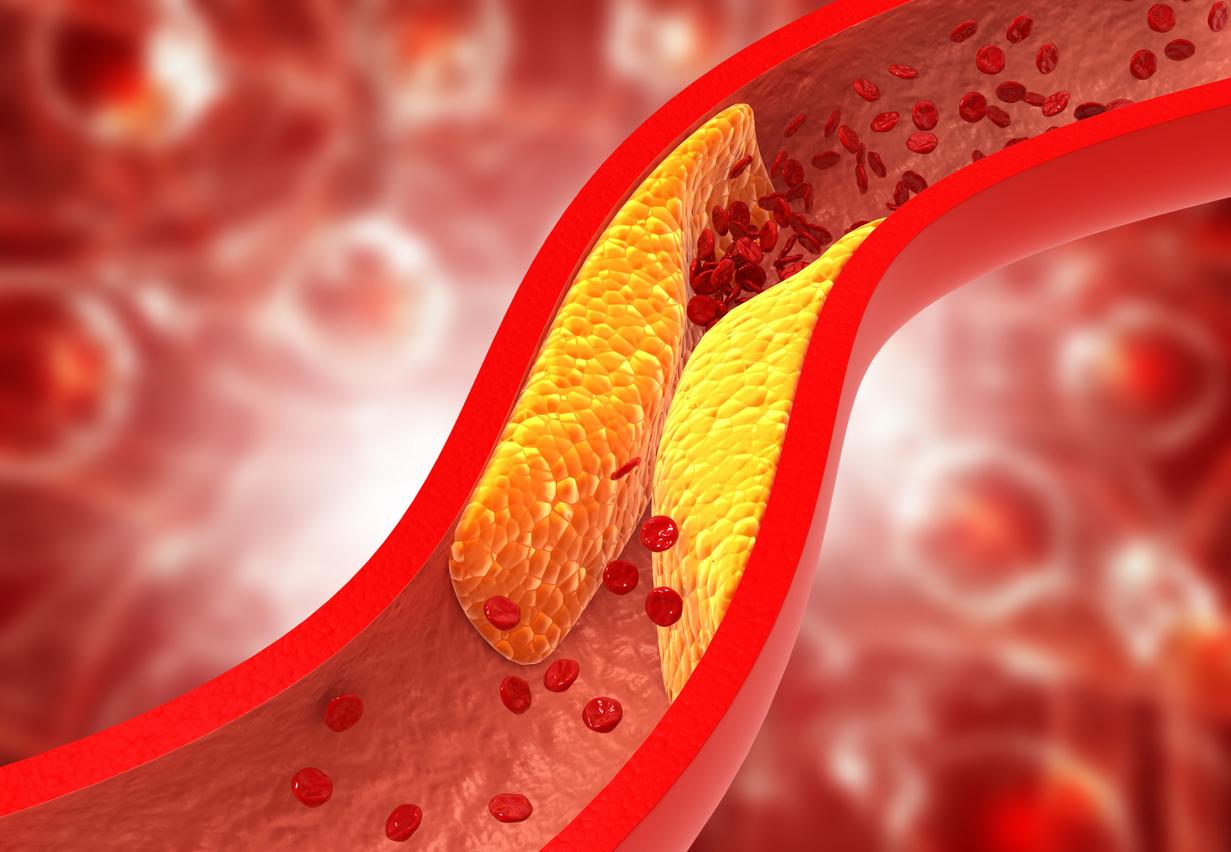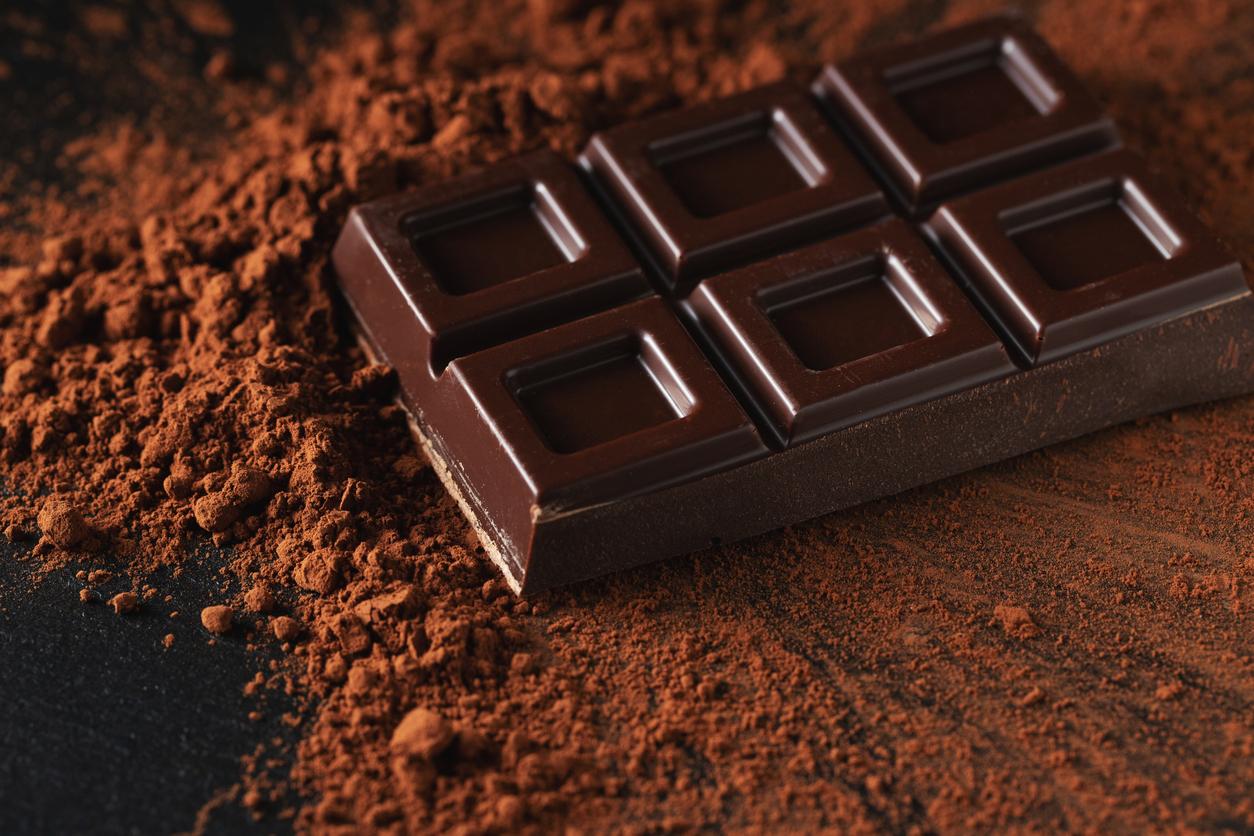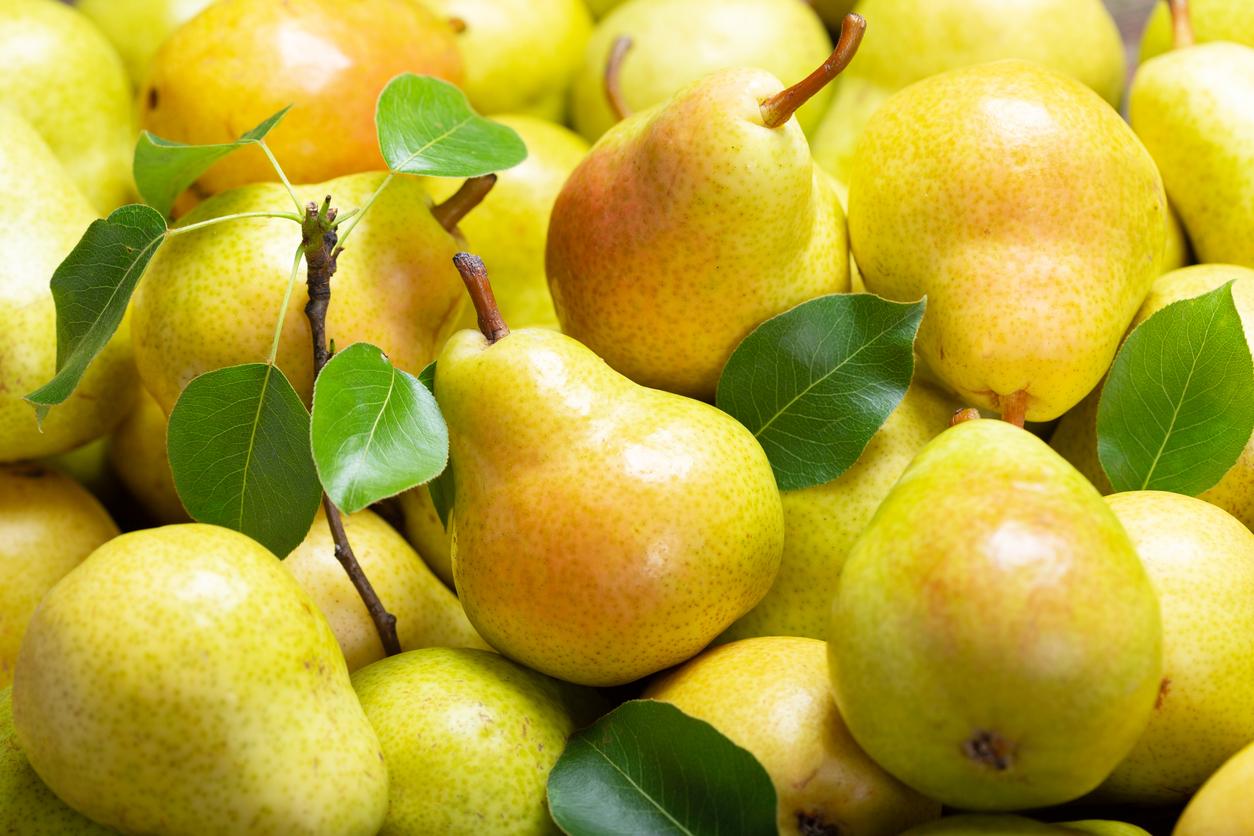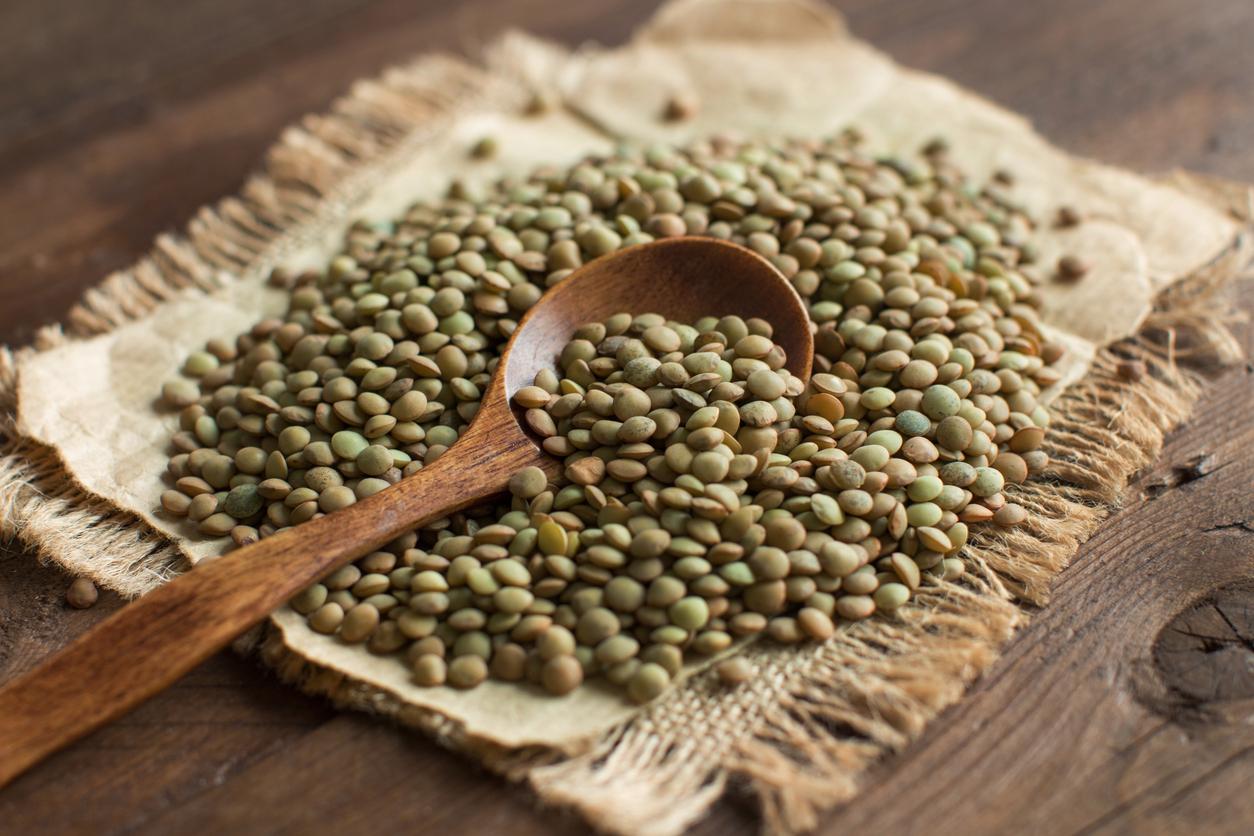Thanks to its very low glycemic index and its high fiber content, konjac provides a real boost against bad cholesterol and a real slimming aid as part of the Montignac method.
From a nutritional point of view, konjac has a glycemic index very low. It also contains an exceptional amount of soluble fiber: 64% on dry matter, against only 14% for oat bran for example. We will see how it helps against bad cholesterol.
Konjac is an exotic plant whose rhizome (creeping root) is very rich in fibers that easily absorb water. This action allows it to swell in the stomach and therefore to give a feeling of satiety by mechanical filling of the stomach.
Konjac: the “super fiber”
Among these fibers, we find glucomannan that I usually call “super fiber”: it is the most viscous fiber that can be found in the natural state. This soluble fiber gives it the property of absorbing up to 100 times its weight in water, against only 3 times for agar-agar! From this results many virtues.
— Announcement —
This way of “fooling” your brain is not the best solution because you do not learn the basics necessary for a good food rebalancing but you can use it in the form of vermicelli.
Thus, you become aware of what you eat because you are going to cook it like a starch.
Count 100 g of konjac vermicelli cooked occasionally, in addition to the starchy foods provided in your menus. They allow you to ensure good satiety and help you compensate for the lack of bread or pasta which you often tell me about.
Bad cholesterol: the benefits of konjac
Konjac is perfectly indicated for the Montignac method because of its powerful action on blood sugar control and therefore insulin secretion. Numerous studies have shown that consuming only 4 to 5 g of glucomannan during a meal can lower the blood sugar peak by 50%!
Moreover, in addition to exerting an interesting action on the glycemia, this “super fiber” also acts on the bad cholesterol, the cholesterolemia by absorbing part of the lipids of the meal. It also regulates intestinal transit (constipation or diarrhea) by gorging on water.
No food or plant alone can make you lose weight, of course! Konjac cannot, and should not be, consumed as the sole source of food. It is to be used as a food supplement, that is to say in addition to a healthy and balanced diet, in particular for its role against bad cholesterol.
For it to be effective, konjac must be consumed before meals and must be accompanied by a diet in which care will be taken to choose the best nutrients and in particular low GI carbohydrates as I advise you in the method. Montignac.
the Konjac exists in three different forms: block, vermicelli or powder. For people who love to cook and like to discover new foods, the first two forms are very interesting. But we must admit that konjac in powder form, and in particular in capsule (or infusion) is by far the most practical to use on a daily basis.
A konjac cure against bad cholesterol?
Due to the powerful action of glucomannan on blood sugar and on lipid absorption, people who are undergoing treatment to regulate their blood sugar or bad cholesterol levels should consult their doctor before starting their konjac cure. .
Indeed, the latter can increase the effectiveness of the treatment and the dosages will therefore have to be re-evaluated. Likewise, in the event of intestinal obstruction, the Konjac is not recommended.
In any case, it is necessary to always space out the taking of drugs and the consumption of Konjac at least 2 hours. Also be careful to follow the recommended dosage for the Konjac in capsule!










